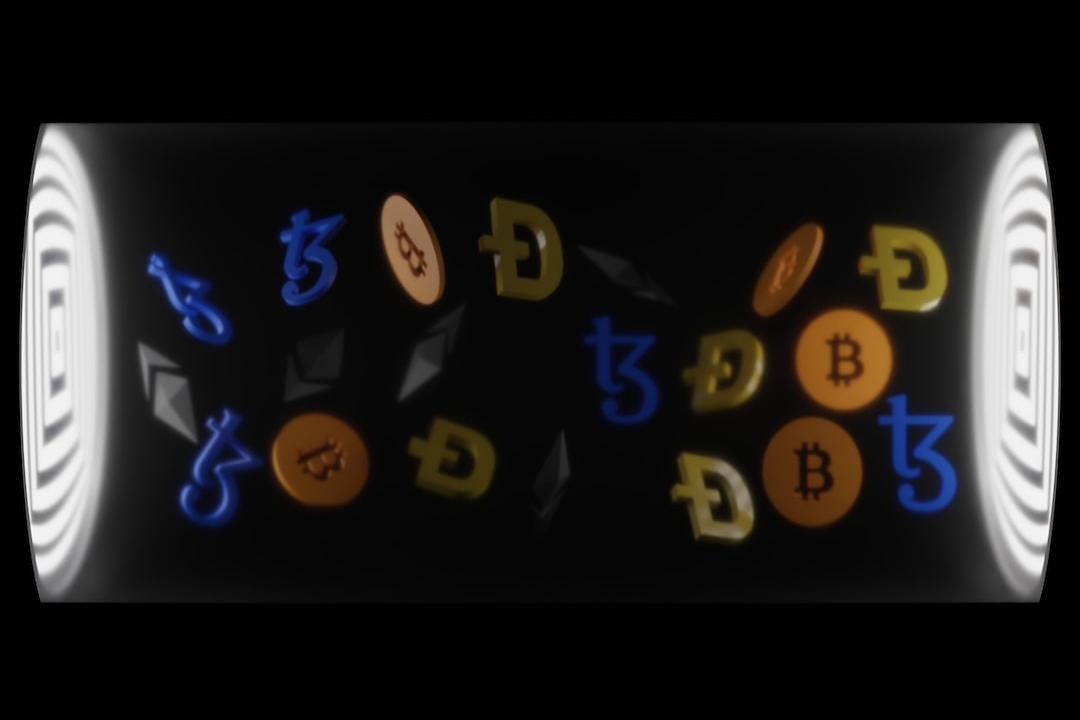Bitcoin Spot ETF, since the beginning of January this year, has attracted a net inflow of $10.6 billion, while gold ETF has experienced a net outflow of $7.7 billion during the same period. This seems to indicate that funds are flowing from gold to “digital gold”. However, according to the latest research report by J.P. Morgan, this is not the case.
According to the Financial Times, J.P. Morgan and Bloomberg data show that as of the 14th, Bitcoin Spot ETF has attracted a net inflow of $10.6 billion this year, while gold ETF has been heavily sold off, experiencing a net outflow of $7.7 billion during the same period. This movement of funds has led to the belief that investors are abandoning gold and turning to “digital gold”.
However, the latest analysis report by J.P. Morgan points out that this argument is not valid. Gold ETF has been experiencing outflows since April 2022, and since then, the selling pressure has been roughly balanced. The listing of the U.S. Bitcoin Spot ETF has not accelerated the selling of gold ETF. During this period, gold ETF has experienced a net outflow of approximately $46 billion.

Despite the significant outflows from gold ETF, data from the World Gold Council shows that individual investors have put in many times more funds into gold bars and coins. From September 2020 to December 2023, a total of $229 billion has been invested.
In addition, as central banks around the world are increasingly inclined to hold gold as foreign exchange reserves, during this period, central banks have purchased a total of $155 billion worth of gold.
Therefore, Nikolaos Panigirtzoglou, global market strategist at J.P. Morgan, believes that the outflow trend of gold ETF does not reflect investors’ aversion to gold, but rather a shift in investment from gold ETF to physical gold bars and coins.
Weak demand for Bitcoin
J.P. Morgan’s analysis also shows that the demand for Bitcoin this year is not as strong as indicated by the Bitcoin Spot ETF. Although the net inflow of Bitcoin Spot ETF has reached $10.6 billion this year, data from Messari shows that investors have directly sold $6 billion worth of Bitcoin on exchanges since the beginning of the year.
This means that most of the inflows into Bitcoin Spot ETF actually come from individual investors who originally held Bitcoin in digital wallets through exchanges or retail brokers. Because ETFs offer greater convenience and regulatory protection, the growth of spot ETFs does not necessarily mean that all of it is new funds flowing into the cryptocurrency market.

Related reports
Shocking! SEC investigates Ethereum Foundation, ETH may be classified as securities? Probability of spot ETF passing decreases again.
Analysis: After the listing of Bitcoin ETF, what is the average purchase price of BTC for retail investors? Institutions have not entered yet?
$47 billion flow into Bitcoin from $470 billion funds? Cetera Financial opens up Baillie Gifford IBIT and other spot ETFs to clients.


